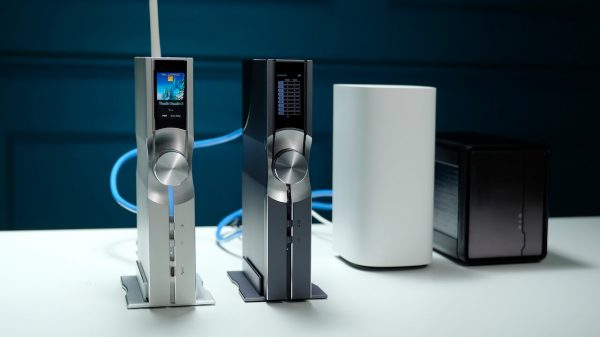CIO Insight recently published an article on the Top 10 Management Concerns of CIOs, based on a survey conducted by the Society for Information Management, which was quite revealing. The survey shows CIO concerns ranging from obtaining qualified personnel to aligning their operations with those of the business side, mirroring today’s complex, volatile and ever-changing IT scenario. While dealing with these hefty concerns, CIOs should beware–unbeknownst to you, file fragmentation may be impacting performance in the midst of it all.
File fragmentation–the breaking of files into multiple pieces (fragments) in order to better utilize disk space–has been around since the very first operating systems. Defragmentation utilities have been around almost as long, and most enterprises have one of them in place to deal with this insidious problem. In fact, any CIO reading this might simply dismiss the concept out of hand with “Fragmentation? We’ve already got that covered.”
But in light of all that CIOs are having to handle, it’s worth a closer examination, especially at the fragmentation technology being employed. Today, the norm is scheduled defragmentation, which allows IT personnel to analyze system hard drives for fragmentation levels and then schedule defragmentation when and where needed.
Going back to the top 10 management concerns of the CIO, however, scheduled defragmentation collides right into the first of those concerns: lack of qualified personnel. For it takes someone who really knows a system and how it works to analyze and schedule defragmentation properly. Otherwise, system resources are being wasted, and performance-stopping fragmentation may not even be addressed. Company-wide, that performance loss is being felt, seriously affecting the second of those IT concerns–the alignment of IT and business activities. Obviously, it is also affecting the company bottom line.
But even if IT personnel are properly scheduling defragmentation, in a dearth of qualified personnel, IT hours are precious. Scheduling defragmentation is one more task that is taking them away from far more worthy operations–especially now that newer fully automatic technology exists which obviates the need for scheduled fragmentation.
Additionally, recent research has revealed that scheduled defragmentation is no longer keeping pace with today’s frantic computing environments. Given the latest technologies such as virtualization, NAS and SAN, as well as the fact that many sites are operating 24X7, fragmentation continues to worsen between those scheduled runs. And on larger, busier drives, scheduled defragmentation may not even be defragmenting at all.
The solution is a completely automatic defragmentation technology, one which runs invisibly in the background, utilizing idle resources whenever possible. Fragmentation is consistently addressed–and scheduling by busy IT personnel is no longer required. Fortunately, such technology is now available.























